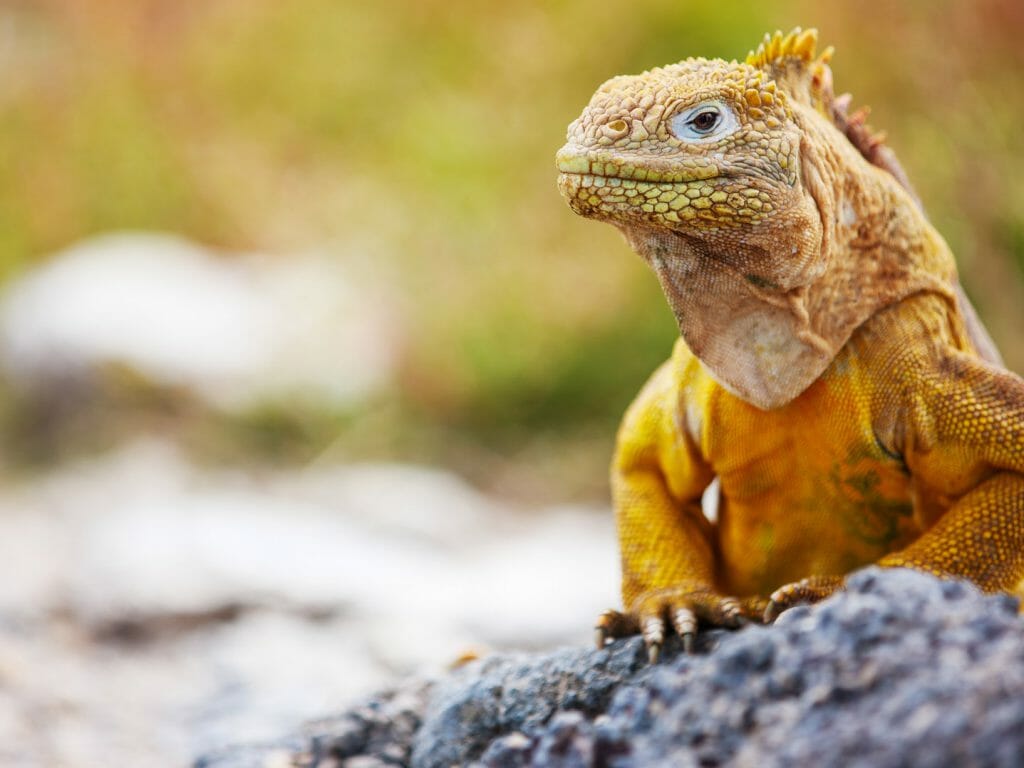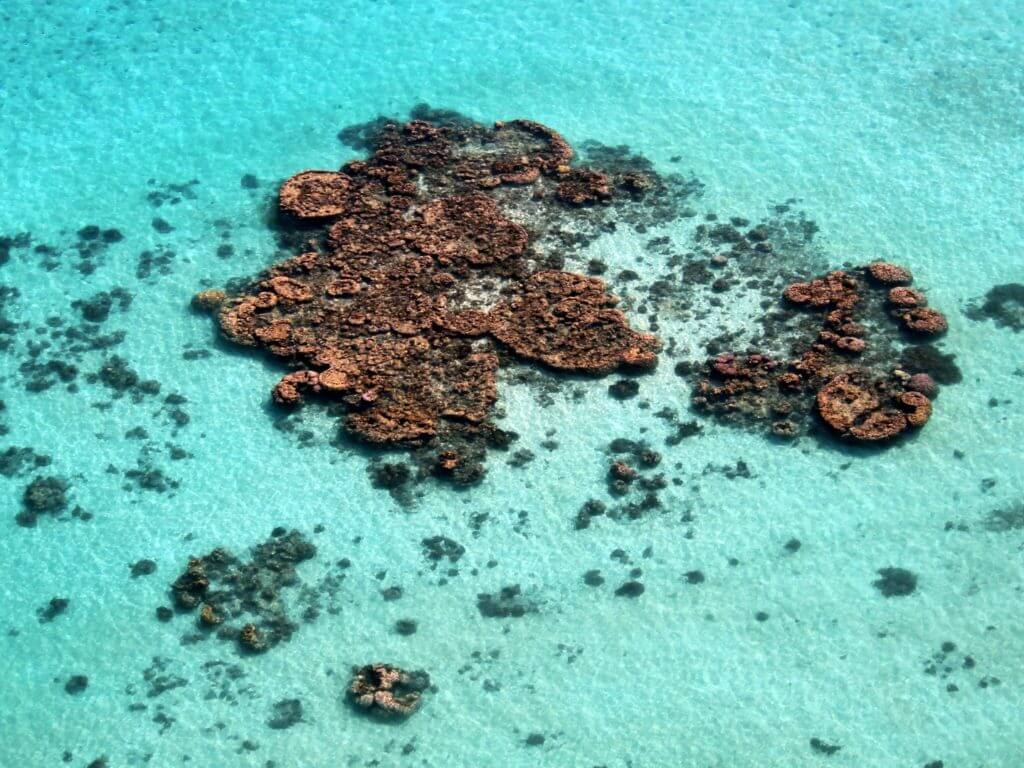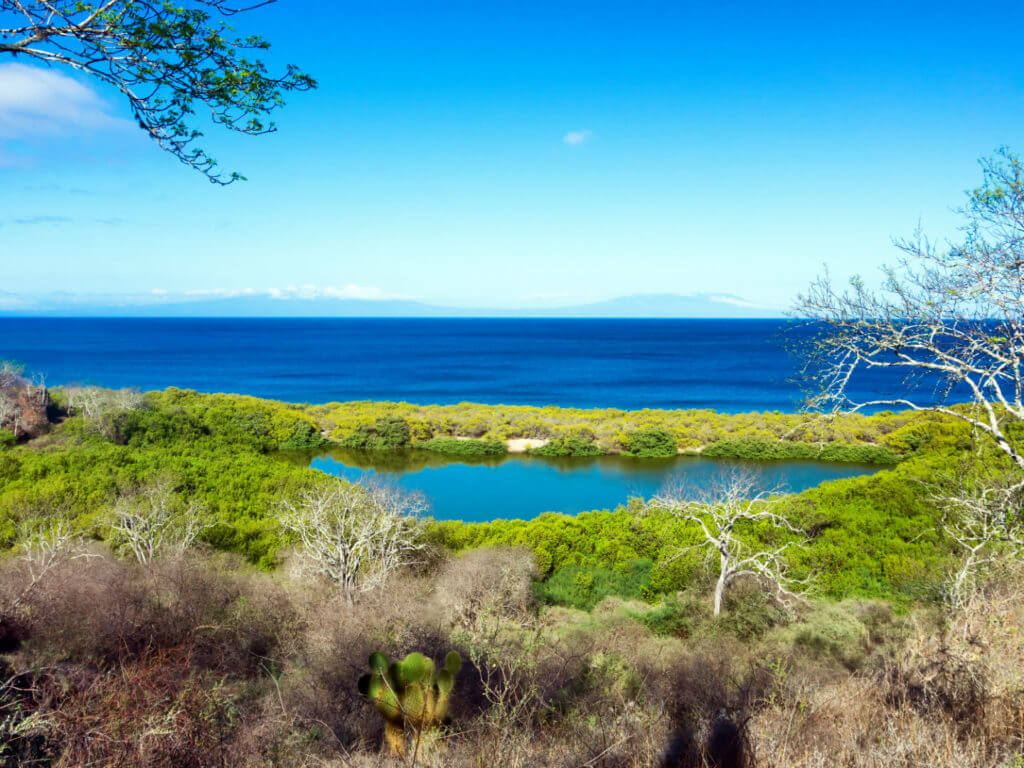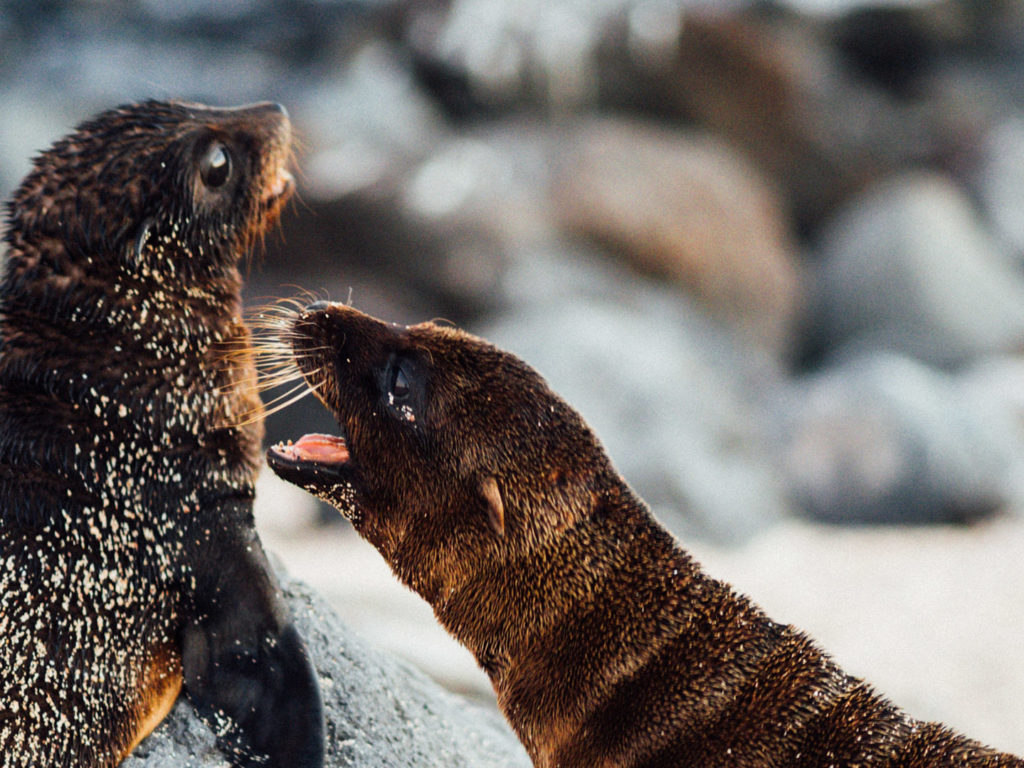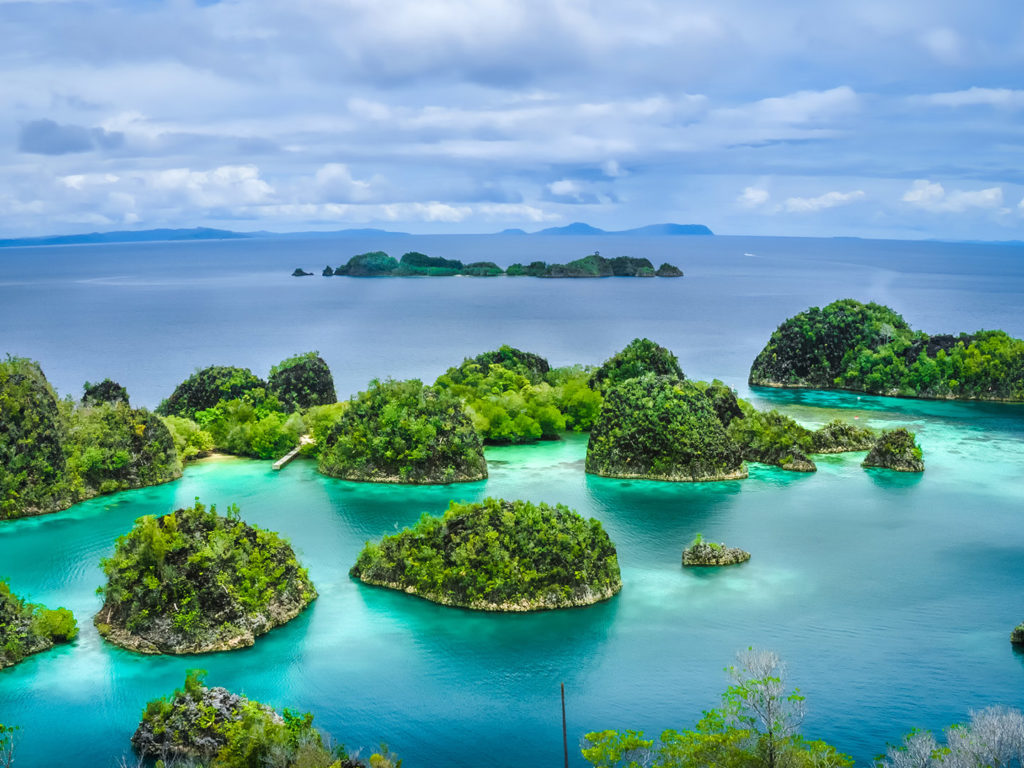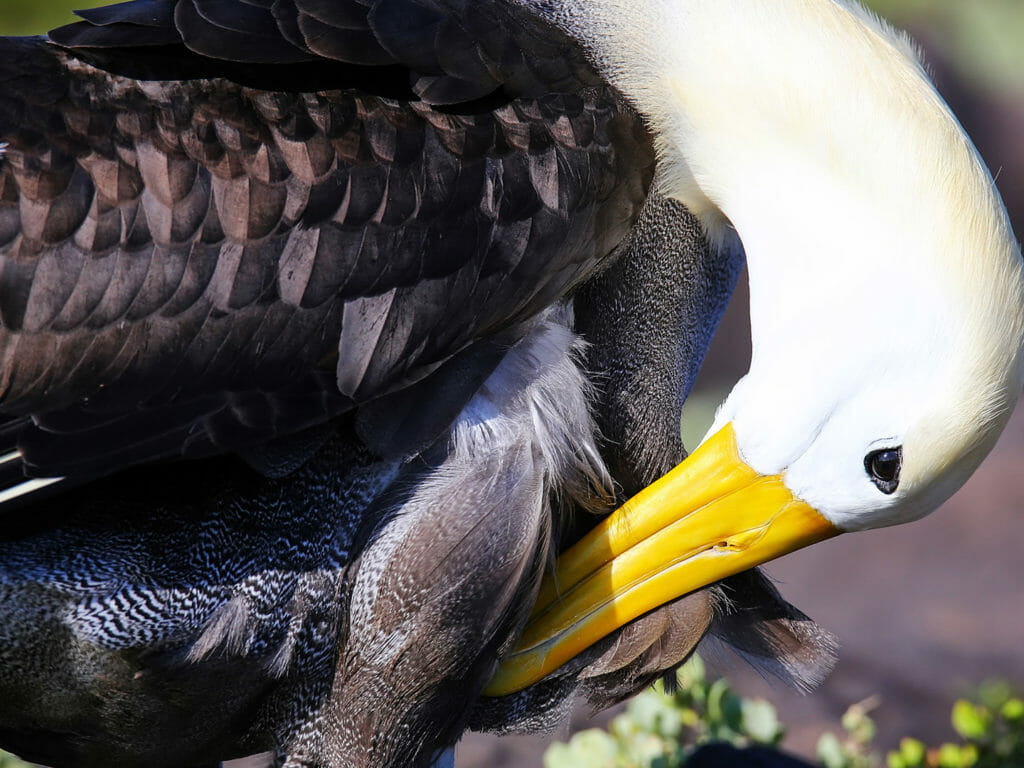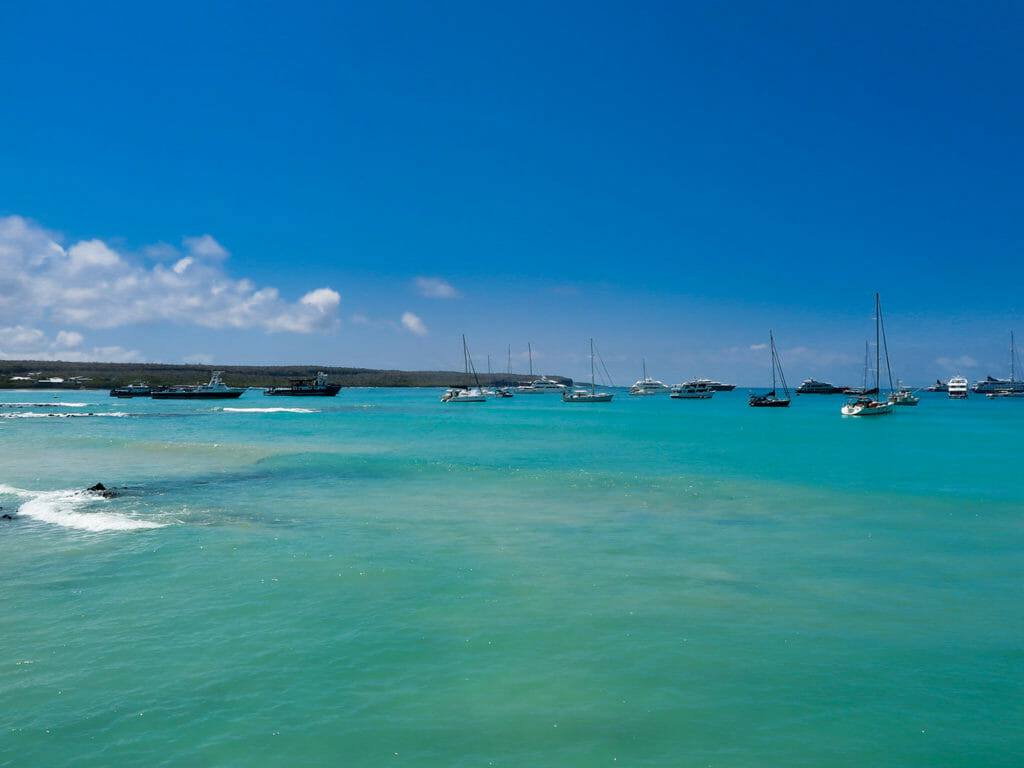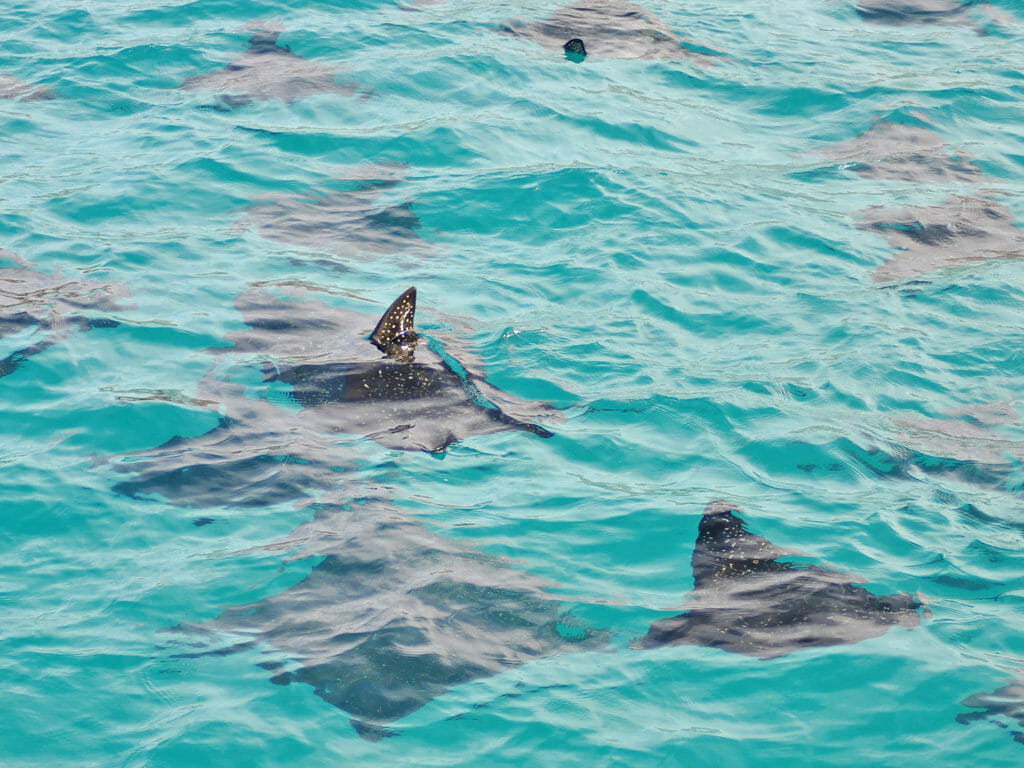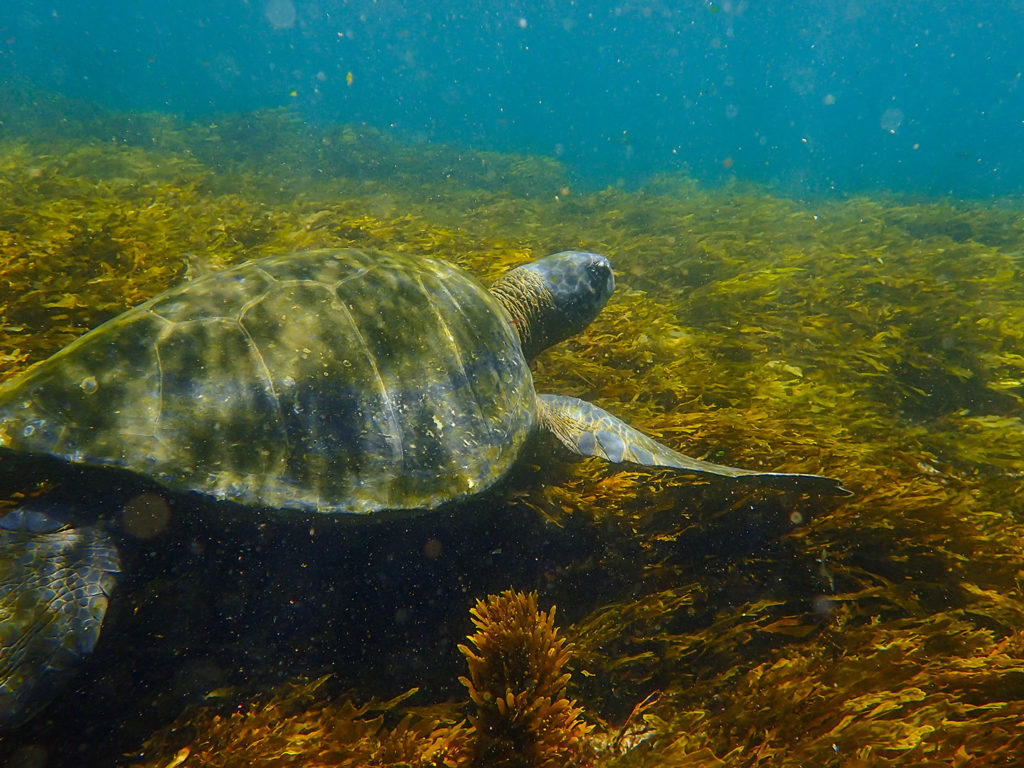I recently attended an excellent adventure travel conference in which I and my fellow tour operators were asked for our thoughts on four key issues facing the industry: currency, terrorism, Trump and over capacity. We were asked to list them in order of the threat we felt they posed to our respective businesses.
I was surprised when currency was voted as the greatest concern to their businesses followed closely by terrorism and Trump. I was horrified by the fact that overcapacity was at the bottom of the list, especially as 2017 is the International Year of Sustainable Tourism for Development.
For me the first three are temporary and not as fundamental as the last — sadly my travel colleagues did not see it this way. Whilst I am not cavalier with my clients’ safety, I am at the mercy of the vagaries of currency fluctuations and am certainly not an advocate of Trump. The dangers of overcapacity are the greatest threat to travel not least for the permanent damage they affect.
With any luck Trump will not be in power in four years’ time and hopefully currencies and regimes will be more stable —they are issues but short-term ones. The same cannot be said of overcapacity and the harm done to the environment. According to figures of the United Nations, there were nearly 1.2 billion international travellers in 2015, up from 674 million in 2000. This figure is expected to grow to 1.8 billion people by 2030. The travel industry, governments and world bodies are well aware of this increase but is not doing enough to tackle this demand and problem of overcapacity. More specifically if you were to look at the Galápagos, one of the most fragile environments on Earth, the inaction of the Ecuadorian government is poor at best.
The Galapagos is one of the fastest-growing economies in South America with a per capita income higher than anywhere else in Ecuador. Nearly 40,000 people have made their home in the Galápagos, drawn by tourism. With them have come hundreds of introduced species, invasive plants and an infrastructure that simply can’t cope. Yet the authorities do little about this and the entrance fee to the Galápagos has changed by only US$20 in the last 15 years (from US$100 to US$120). Compare this to positive action. In the same fifteen-year time period, the cost for a one-hour gorilla permit in Rwanda and Uganda has increased from US$220 to US$750.
Such a large rise has not only increased the revenue from gorilla permits – and hence the money that gets put back into conservation – but also the importance of gorillas to the respective governments and hence the determination of both governments to look after these assets. As a result gorilla welfare and numbers have increased. At Steppes Travel, we try to take positive action. Being responsible in our travels and operations both locally and globally is engrained in all that we do at Steppes.
Each time you travel with us, we donate £5 to a local charity in the UK and £10 to an international charity. Each time we travel, we offset our carbon emissions with the World Land Trust. If you can, we urge you to do the same.


